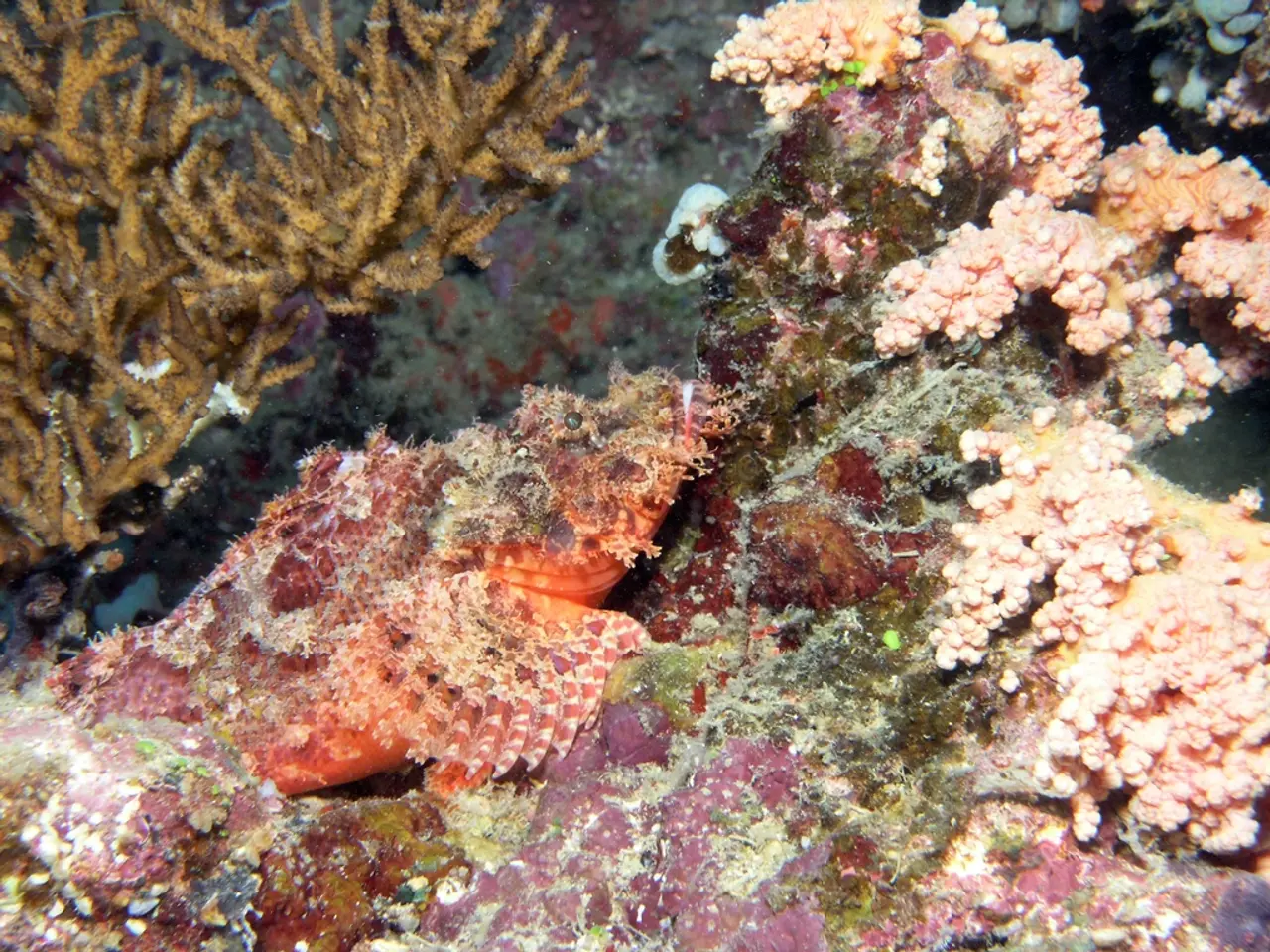Large, Brown Mass Expanding over the Atlantic Sea
In a study published last month in the journal Harmful Algae, researchers have outlined the development of a massive seaweed belt in the Atlantic Ocean over the past four decades. This seaweed, known as sargassum, has been causing real impacts on coastal communities, particularly since 2011, when an annual bloom, dubbed the Great Atlantic Sargassum Belt, began to form.
The expansion of this seaweed belt is not limited to the nutrient-poor waters of the Sargasso Sea. Instead, sargassum travels from nutrient-rich coastal areas to the open ocean. The study highlights that the Amazon River plays a significant role in the nutrient supply of the Great Atlantic Sargassum Belt.
The researchers suggest that land-based sources, such as agricultural runoff, industrial wastewater, and atmospheric deposition, deliver nitrogen and phosphorus mainly from the Amazon River discharge into the ocean. These sources are believed to contribute significantly to the increased nutrients fueling the rapid growth and large biomass of the seaweed belt.
Over the same period, the phosphorus content of sargassum has declined, while the nitrogen content has increased by over 50%. This shift in sargassum's nutrient composition is attributed to human activity.
The growth of the Great Atlantic Sargassum Belt has resulted in mass strandings, costly beach cleanups, and even the emergency shutdown of a Florida nuclear power plant in 1991. In addition, the seaweed clogs beaches, affects fisheries and tourism, and poses health risks.
The study examines these shifts in sargassum's nutrient composition, particularly nitrogen, phosphorus, and carbon, to understand the larger environmental forces at play. The researchers' review focuses on understanding how sargassum is growing, what's fueling that growth, and why there's a dramatic increase in its biomass across the North Atlantic.
Moreover, floods and droughts in the Amazon basin seem to be associated with changes in the sargassum's biomass. In nutrient-poor waters, sargassum can still grow by recycling nutrients in marine animal poop, forming what's known as sargassum windrows.
The seaweed moves from these nutrient-rich coastal areas to the open ocean, hitching a ride on the Loop Current and the Gulf Stream. In the open ocean, nutrients are usually concentrated at great depth, but sargassum blooms are still able to grow.
This study is another example of how human activity is causing deep ecological changes with unknown far-reaching consequences. As the Great Atlantic Sargassum Belt continues to expand, it's crucial to understand its causes and effects to mitigate its impact on coastal communities.
Read also:
- visionary women of WearCheck spearheading technological advancements and catalyzing transformations
- Recognition of Exceptional Patient Care: Top Staff Honored by Medical Center Board
- A continuous command instructing an entity to halts all actions, repeated numerous times.
- Oxidative Stress in Sperm Abnormalities: Impact of Reactive Oxygen Species (ROS) on Sperm Harm








